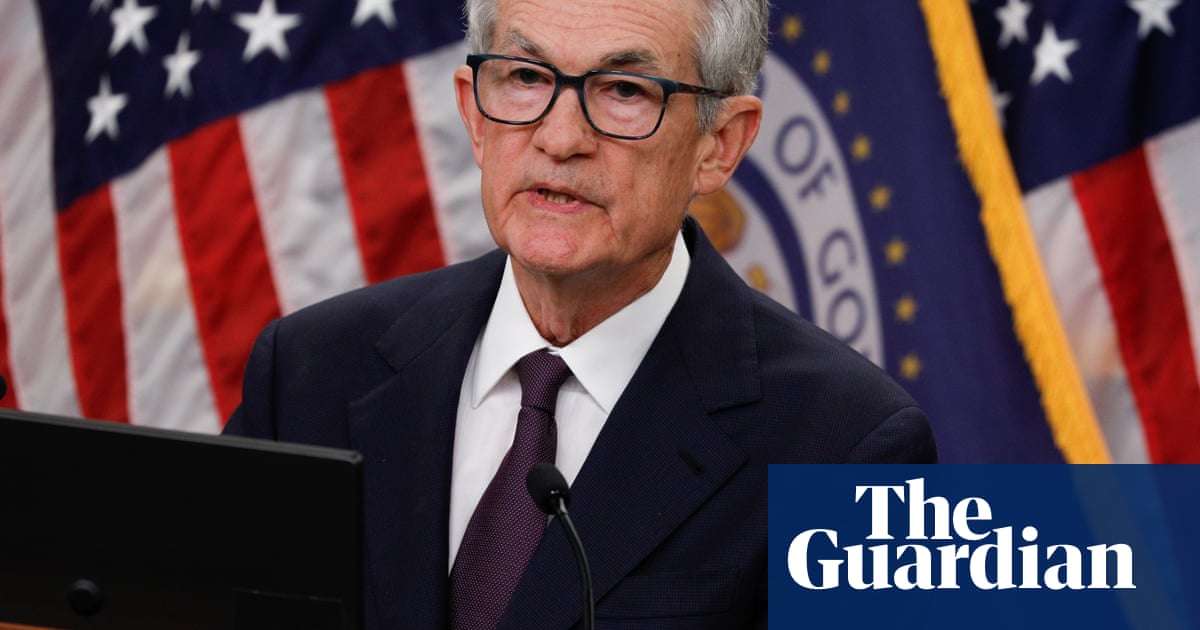Much of the raw commodity sector has been beaten up over the past several weeks, including grains, soft commodities, and crude oil. However, veteran raw commodity market watchers are taking note of two important developments that could turn the tide more in favor of the bulls: a slumping U.S. dollar and falling U.S. Treasury yields.
The U.S. Dollar Index ($DXY) on Tuesday hit a 3.5-year low and has been trending lower since mid-January. The USDX is a basket of six major world currencies weighted against the greenback. The index is a good gauge of the overall health of the U.S. economy. Most major global trade is conducted in U.S. dollars. When the greenback is depreciating, that means purchasing dollar-based commodities in non-U.S. currency is a less expensive endeavor — suggesting better demand for those dollar-based commodities, including metals, grains, energy, soft commodities, and livestock.
Importantly, trends in the currency markets tend to be stronger and longer lasting than price trends in other markets. The Dollar Index is in a six-month price downtrend, but that is by no means a mature bear market for currency. I expect a weaker U.S. dollar could be price-bullish for commodity markets for at least another year.
The other element that could help pressure the U.S. Dollar Index is the upcoming BRICS meeting between Brazil, Russia, India, China, and South Africa. These countries are all aiming to undermine the U.S. dollar’s strength and reserve status around the globe. The BRICS summit will take place in Rio de Janeiro on July 6-7. The early July BRICS meeting will be closely monitored by the general marketplace, but especially by currency traders.
The benchmark U.S. Treasury note yield this week has fallen to a two-month low of around 4.2%. Reasons for declining U.S. yields include tamer U.S. inflation reports in recent months, recent U.S. economic data that has not been overly weak but has also not been robust, and better safe-haven demand for U.S. Treasuries amid the recent geopolitical flare-up in the Middle East.











